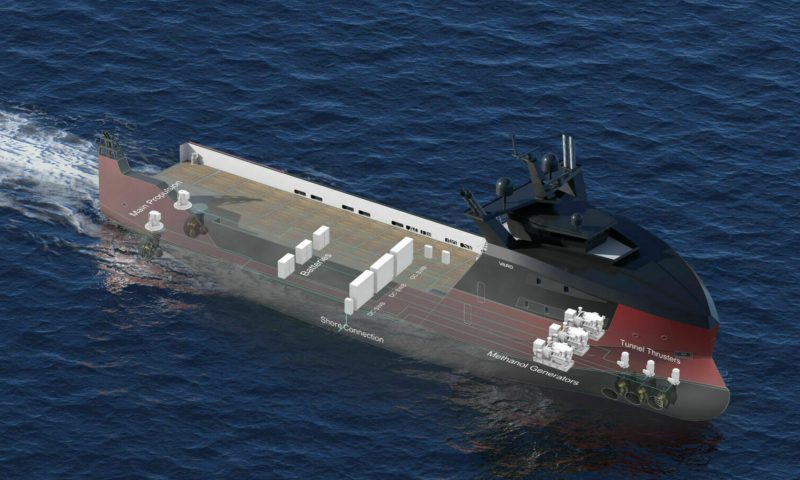
DC Switchboards taking the charge in shipboard power systems
Vard Electro sees plug-in potential for green energy sources as industry faces AC/DC dilemma on transmission networks.
Green energy technologies such as batteries, fuel cells, solar and wind are on the rise in shipping but these will require a shift in existing power distribution systems onboard vessels to realise gains in fuel efficiency and environmental performance, according to Vard Electro.
Diesel-electric systems with engines running at fixed speed have typically used AC (alternating current) switchboards, or power grids, to supply power for propulsion systems and thrusters, alongside frequency converters to control propeller speed for greater efficiency.
However, the use of AC switchboards is now being challenged by the emergence of renewable energy sources and energy storage systems mostly using DC (direct current) that require multiple DC-AC conversion, meaning more components with greater complexity and less control of the power system.
This has raised the focus on the potential advantages in terms of controllability, flexibility, cost savings and reduced fuel consumption of DC switchboards, which were first developed about a decade ago but have so far only been installed on a limited number of vessels such as hybrid and all-electric ferries, PSVs and fishing vessels.













